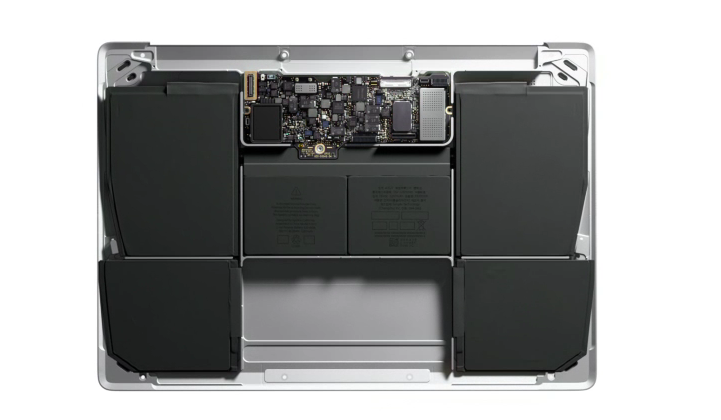An important lesson the USB Type-C port on your 12 inch MacBook Retina can teach you about your battery.
Most laptop users have one thing in common, when at home or at work: they use their laptops as a desktop replacement.

This is not necessarily a bad thing, as today’s devices like the MacBook Pro or the 12 inch MacBook Retina, are capable of workloads many times over their desktop counterparts from four years ago. This ability makes it very tempting to permanently plug a MacBook into the main outlet, and use it as a desktop surrogate, while cramming every possible port on the laptop, with external devices, and even charge an iPhone or iPad, while working on the MacBook.
The one argument most users make is that a laptop makes for the perfect desktop replacement, as it will still be working in the event of an outage. By the same token, since the laptop is plugged in, one would think it’s not a big deal to power other devices, while getting some work done, however there is one catch: this practice is likely to drastically shorten the life of a battery.
As explained in a previous article, batteries have a lifespan, which is typically measured in charging cycles. Most MacBook batteries can withstand over 1000 cycles, before the ability to hold a full charge is affected.
A thousand full charging cycles may seem like a lot, and in many ways it is, however, when a MacBook is constantly plugged in, while charging multiple devices, the life of the battery can begin to show signs of aging within the first two years of usage.
This is true about all laptops, and it comes down to the fundamental difference between a desktop computer and a laptop:
Desktop computers don’t have batteries, but power supplies, designed to provide electricity to a whole system, in the range of 450 or even 600 Watt and higher. The form factor of a desktop system, like a Mac Pro or an iMac, allows it to power other devices, connect to peripherals, and handle day-to-day operations without problems, 24 hours a day. While laptops pack a lot of power, and are capable of handling many tasks, no laptop battery can withstand that kind of abuse for too long, which is precisely the reason why laptops make terrible network servers.
How does the 12 inch MacBook’s USB-C port solve this problem?
Having only one port on a laptop, especially when that port servers the duplicitous purpose of powering said laptop, severely restricts the ability to plug in too many devices at once, which in turn, forces the user to find other ways to power an iPhone or other mobile gear, and preserve the life of the MacBook’s battery.